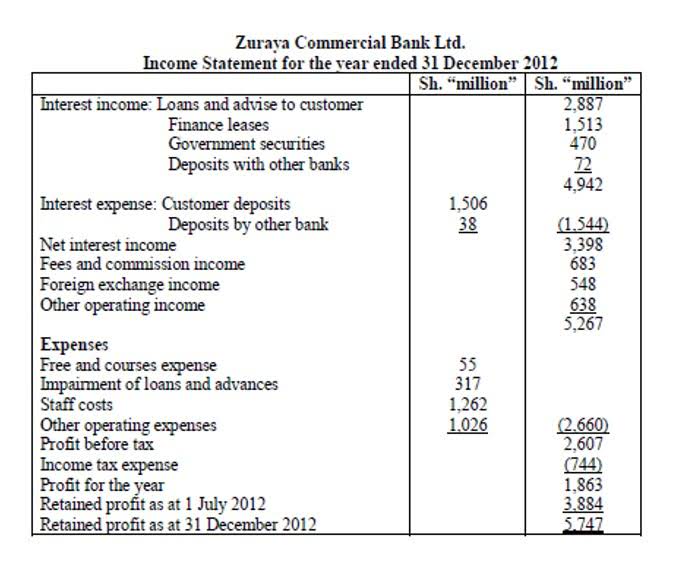
Michelle Payne has 15 years of experience as a Certified Public Accountant with a strong background in audit, tax, and consulting services. Michelle earned a Bachelor’s of Science and Accounting from Minnesota State University and has provided accounting support across a variety of industries, including retail, manufacturing, higher education, and professional services. She has more than five years of experience working with non-profit organizations in a finance capacity. Keep up with Michelle’s CPA career — and ultramarathoning endeavors — on LinkedIn. It is the amount by which a company’s taxable income has been deferred by using the LIFO method.

Improve Inventory Management with FreshBooks

With LIFO, when a new item arrives on the shelf it will replace the oldest item of that type and be sold or used first. This helps companies keep their stock up-to-date with current products and customer demand. According to this rule, management is forced to consider the utility of increased cash flows versus the effect LIFO will have on the balance sheet and income statement.
How to calculate FIFO?

Thus, businesses that choose FIFO will try to sell their oldest products first. When a company selects its inventory method, there are downstream repercussions that impact its net income, balance sheet, and ways it needs to track inventory. Here is a high-level summary of the pros and cons of each inventory method. All pros and cons listed below assume the company is operating in an inflationary period of rising prices.
- LIFO liquidation occurs when a firm sells more units than it purchases in any year.
- For example, well-being derived from these relationships may be unequally distributed across grandparents’ education level such that those with less education bear the brunt of more stressful grandparenting experiences and lower well-being (Mahne & Huxhold, 2015).
- In addition, consider a technology manufacturing company that shelves units that may not operate as efficiently with age.
- With this cash flow assumption, the costs of the last items purchased or produced are the first to be counted as COGS.
- Here is a high-level summary of the pros and cons of each inventory method.
- In both cases, only goods actually sold are included in the calculations.
- Since the cost of labor and materials is always changing, FIFO is an effective method for ensuring current inventory reflects market value.
How to Calculate FIFO and LIFO?

However, if you only had 10 units of your oldest inventory in stock, you would multiply 10 units sold by the oldest inventory price, and the remaining 5 units by the price of the next oldest inventory. Using the FIFO inventory method, this would give you your Cost of Goods Sold for those 15 units. In effect, a firm is apt to sell units that may have 2000 or 2010 costs attached to them. The result is a lower cost of goods sold, higher gross margin, and higher taxes. The LIFO method, which applies valuation to a firm’s inventory, involves charging the materials used in a job or process at the price of the last units purchased.
How To Calculate FIFO
With FIFO, we use the costing from our first transaction when we purchased 100 shirts at $10 each. First-In, First-Out (FIFO) method is an asset management and assessment method in which assets that are first produced or acquired are first sold, used, or disposed of. For example, bookkeeping suppose a hypothetical scenario, where the inventory purchased earlier is less expensive compared to recent purchases.
LIFO and FIFO: Impact of Inflation
- For this reason, companies must be especially mindful of the bookkeeping under the LIFO method as once early inventory is booked, it may remain on the books untouched for long periods of time.
- FIFO leaves the newer, more expensive inventory in a rising-price environment, on the balance sheet.
- In this review, we consider key family relationships in adulthood—marital, parent–child, grandparent, and sibling relationships—and their impact on well-being across the adult life course.
- The LIFO method assumes that the most recently purchased inventory items are the ones that are sold first.
- The rapid aging of the U.S. population along with significant changes in marriage and families suggest more complex marital and family histories as adults enter late life, which will have a large impact on family dynamics and caregiving.
They sell 200 vacuums in the first quarter, generating a revenue of $80,000. We’ll use an example to show how FIFO and LIFO produce different inventory valuations for the same business. Under FIFO, the purchase price of the goods begins with the price of the earliest goods purchased. If you sold more than that batch, you repeat the formula with the next earliest batch. Finally, FIFO encourages a regular inventory turnover as older stock is sold off first. However, if inventory remains stagnant for a few years, there can be a significant discrepancy between cost of goods sold and market value when sales resume.
- The LIFO method, which applies valuation to a firm’s inventory, involves charging the materials used in a job or process at the price of the last units purchased.
- When you compare the cost of goods sold using the LIFO calculator, you see that COGS increases when the prices of acquired items rise.
- LIFO, or Last In, First Out, is an accounting system that assigns value to a business’s inventory.
- The company made inventory purchases each month for Q1 for a total of 3,000 units.
- The example above shows how inventory value is calculated under a perpetual inventory system using the LIFO method.
- As a result, the company would record lower profits or net income for the period.
This means the value of inventory is minimized and the value of cost of goods sold is increased. This means lifo equation taxable net income is lower under the LIFO method and the resulting tax liability is lower under the LIFO method. The average cost method takes the weighted average of all units available for sale during the accounting period and then uses that average cost to determine the value of COGS and ending inventory.
0 Comments